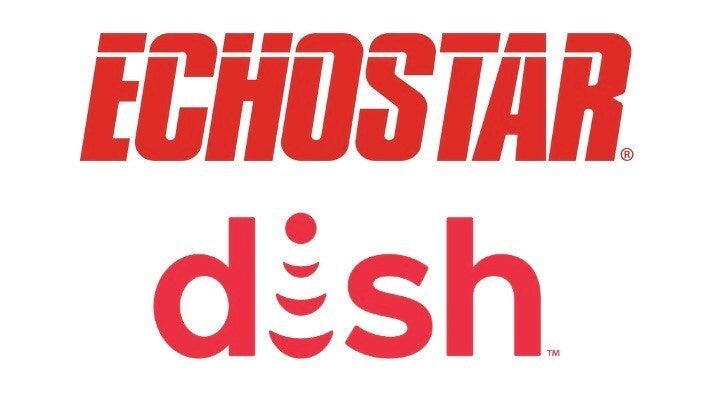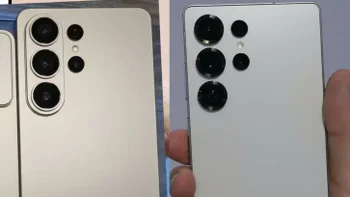Boost Mobile gets big 5G repreieve from the FCC

A 5G standalone (SA) network uses a 5G core. Since such a network is designed and built for 5G, it can deliver faster download speeds and handle larger amounts of traffic. It also allows for the use of 5G network slicing which allows multiple independent networks to work on the same physical network. This permits a wireless provider to accommodate different app requirements for security, reliability, and performance all while using the same network. Boost Mobile, owned by Dish's new parent EchoStar, is currently working to complete its own SA 5G network. But first, a little backstory.
By allowing T-Mobile to close on its purchase of Sprint in 2020, the FCC agreed that Dish Network would replace Sprint as the fourth U.S. "Major" carrier along with Verizon, AT&T, and T-Mobile. EchoStar bought Dish at the end of last year and took control of its two wireless services, prepaid Boost Mobile and postpaid Boost Infinite. EchoStar merged the two Boosts into one Boost Mobile operation.
Dish had a specific plan worked out with the FCC to cover a certain percentage of the country with 5G signals with that percentage rising over time. By delivering 35Mbps download data speed to at least 70% of the country, EchoStar (previously Dish) provides what is considered "nationwide" 5G to Boost subscribers. By the end of this year, those signals will reach 80% of the country.

EchoStar bought the financially strapped Dish at the end of 2023. | Image central-EchoSta
EchoStar has also made adjustments that allow more Boost subscribers to use the wireless provider's own network instead of using signals from T-Mobile and AT&T that Boost purchases wholesale. Those in areas of the country where Boost has yet to deploy its own signal can still become a subscriber since the aforementioned wholesale agreements allow Boost to have coverage in areas where its network does not yet reach.
Last week, the FCC agreed to EchoStar's 5G network buildout framework. As a result, the company will speed up and expand its final buildout goals in more than 500 license areas on this same timeline. EchoStar also agreed to launch a low-cost wireless plan and a 5G device.
With the FCC's blessing, the buildout goals of EchoStar's SA 5G network must be met by late 2026 instead of the middle of next year. The revised framework will result in EchoStar spending less money to complete the network. But there is a huge caveat. Should EchoStar not meet the new deadline in time, the FCC could impose some hefty fines on the company.
Follow us on Google News














Things that are NOT allowed:
To help keep our community safe and free from spam, we apply temporary limits to newly created accounts: